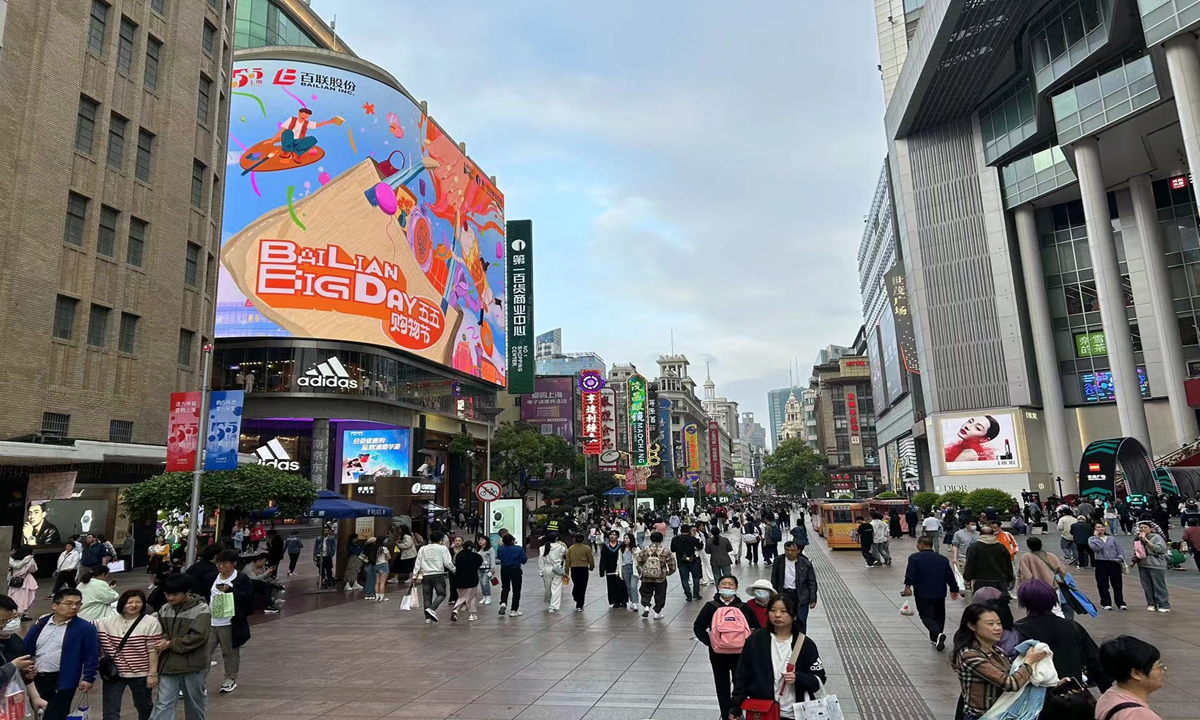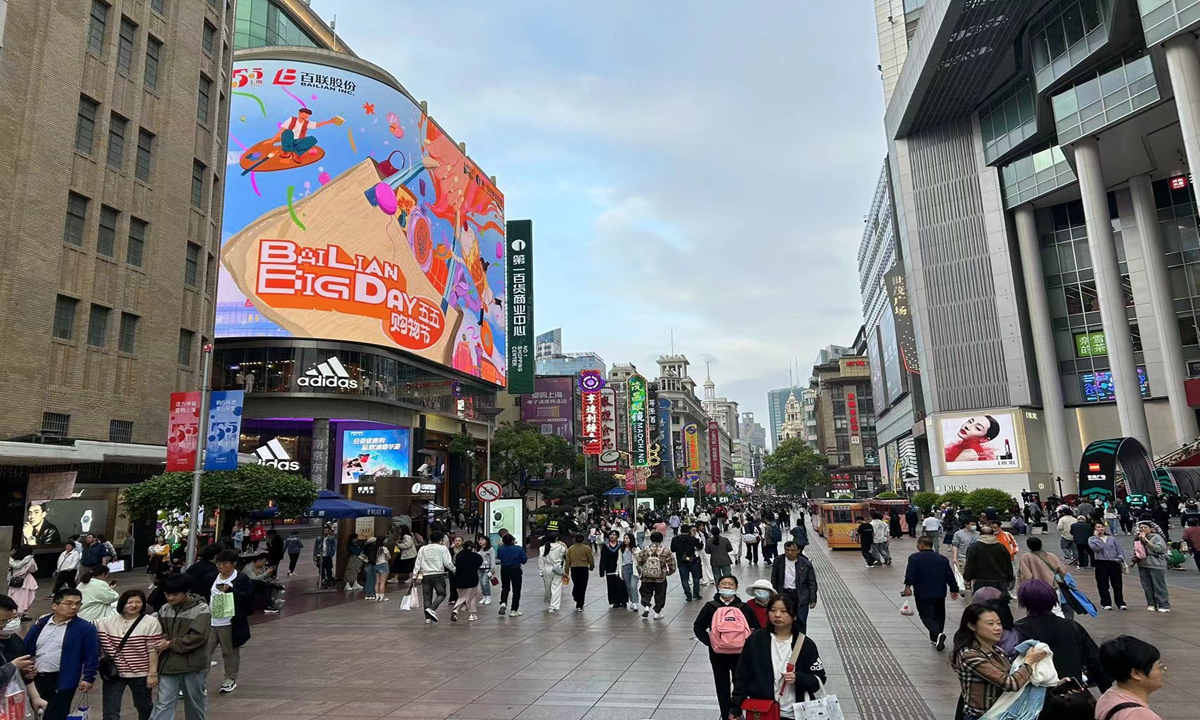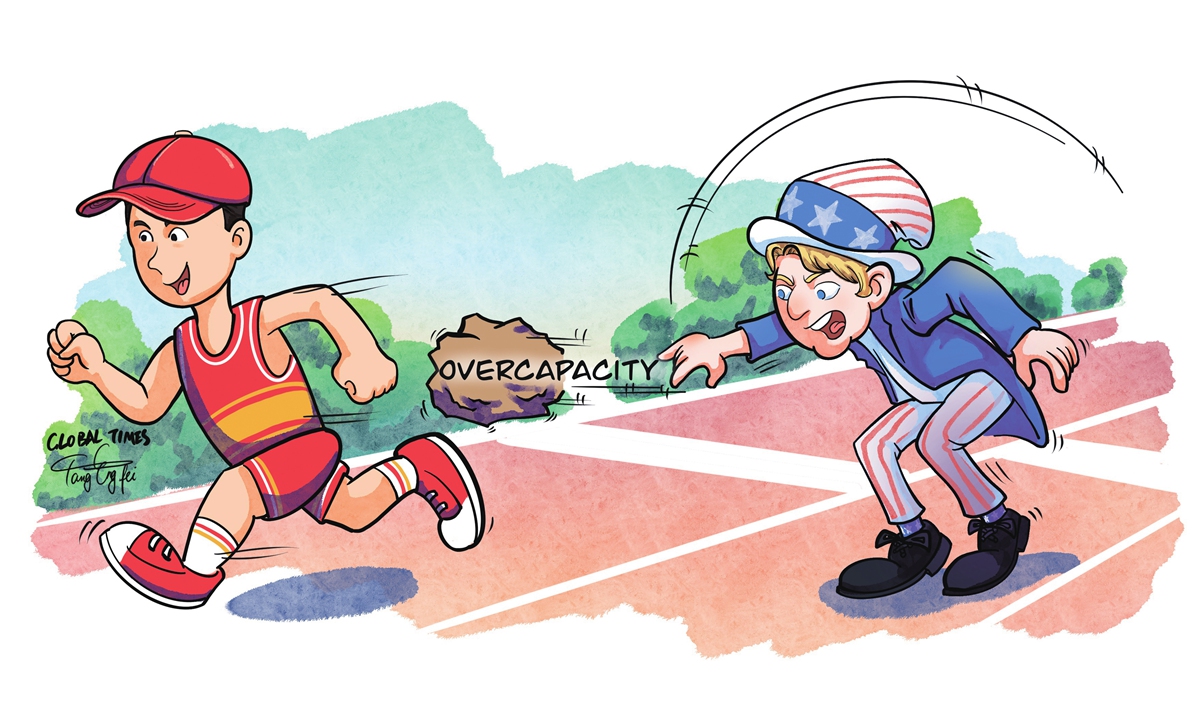
Illustration: Tang Tengfei/GT
US Treasury Secretary Janet Yellen recently reiterated in an interview with Reuters the “overcapacity” in China, claiming that the so-called overcapacity in China is not only a problem faced by the US, but also by Europe, Japan, India and Mexico. This kind of rhetoric has been popular in the US for some time, with American politicians and public opinion repeatedly hyping up the concept, accusing China of dumping green products such as new energy vehicles, lithium batteries, and photovoltaic products overseas at low prices, and portraying this situation as a “global threat.” However, discerning individuals can see that this is not a very clever tactic of politicization and pan-securitized, but instead revealing some real situations in the development of the world’s green industry and high-quality production capacity.
It is well known that overcapacity is relative to the demand. From a global perspective, there is actually no overcapacity in the green industry. The reason why the green industry is thriving lies in the breakthrough in related technologies. Technological breakthroughs often ignite emerging industries, manifested by strong market demand for new products. According to the International Energy Agency, the global demand for new energy vehicles in 2030 will reach 45 million units, which is 4.5 times that of 2022, and at the same time, the global demand for new photovoltaic installations will reach 820 gigawatts, which is about 4 times that of 2022. It’s clear that the new energy industry is booming, with huge market potential yet to be tapped. Green production capacity development has just started, far from saturation, so where is the “overcapacity” coming from?
Some people in the US are hyping up the so-called overcapacity in China with the real purpose of suppressing the development of China’s emerging industries and of maintaining its long-standing monopoly position in the global industrial chain through unfair means. Yellen attributed the bankruptcy of US’ solar companies to Chinese suppliers lowering prices in the interview. Although the attribution was wrong, it also exposed the real intention. It is not difficult to see that the so-called overcapacity rhetoric in China’s new energy industry is nothing more than a copy of the “America First.” In the eyes of the US, the rapid development of China’s green industry challenges the strength and status of the US, and China’s competitiveness is “translated” into a “security threat” to the world (the US). It can be seen that the excess is not China’s production capacity, but US’ anxiety.
In fact, facing the insufficient and unbalanced development of high-quality green production capacity in the world, China is taking a path of win-win cooperation – “Appreciate the values of others as do to one’s own, and the world will become a harmonious whole.” While actively developing its domestic green industry, China is also actively engaging in practical cross-border cooperation in high-quality production capacity, providing international public goods, helping developing countries accelerate the process of industrialization, and promoting the efficient, clean, and diversified transformation of energy.
Fatih Birol, executive director of the International Energy Agency, said that “China’s provision of services and support to other countries has significantly improved the accessibility of clean energy technologies and reduced the global cost of using green technologies.” China’s green development not only benefits consumers but also enables developing countries to benefit from cooperation with China in production capacity, especially by promoting energy freedom for low-income populations in developing countries.
In contrast, the US could have worked together with China to jointly seize the opportunities brought by the development of the green industry and address the challenges of insufficient demand for high-quality production capacity. Regrettably, the US chose to wave the “big stick” at China, viewing China’s new energy industry with a zero-sum game mentality and attributing real problems to the wrong causes. Currently, the main reason for the insufficient development of the world’s green industry and the uneven distribution of high-quality production capacity is the asynchronous development and application of green technology in various countries, inconsistent capabilities, and uncoordinated interests, yet the US deliberately uses the “China threat” to explain everything, trying to solve problems by containing China. However, it is the smearing and suppression of China by the US that hinders the transnational diffusion of technology and the global flow of production capacity. The answer to who is the initiator of the global production capacity problem is clear.
With a shortage of high-quality production capacity, the world needs more cooperation. Taking wind power as an example, by 2023, the global new wind turbine installed capacity will reach 117 gigawatts, a 50 percent increase year-on-year, with the main contribution coming from China. The US, on the other hand, has encountered bottlenecks due to inadequate government policy support, insufficient investment in the supply chain, and difficulties in project implementation. However, even as China grows rapidly, there is a huge gap in global wind power, especially offshore wind power. The goal of actions by various countries should be to jointly improve competitiveness, reduce costs of technology, logistics, labor, raw materials, and transportation through supply chain cooperation, rather than baselessly accusing and shifting contradictions to countries with advantageous production capacity, and, more importantly, not bind new energy industries with protectionism and weaken the global capacity to address climate change.
Of course, no matter how the US smears China, the green industry is always the trend of world economic development, and it is also the key choice for humanity to address the challenge of climate change. Shifting contradictions, smearing and suppressing, and decoupling will only lead to a “lose-lose” situation.
Green industries and high-quality production capacity should not become a battlefield of the zero-sum game. Hyping up “China’s new energy overcapacity” is not only detrimental to the transformation and upgrading of domestic industries, but also does not help alleviate international production capacity conflicts. In this sense, the voices and forces behind the hype of “China’s new energy overcapacity” are the ones creating problems, as well as the real threats to the world.
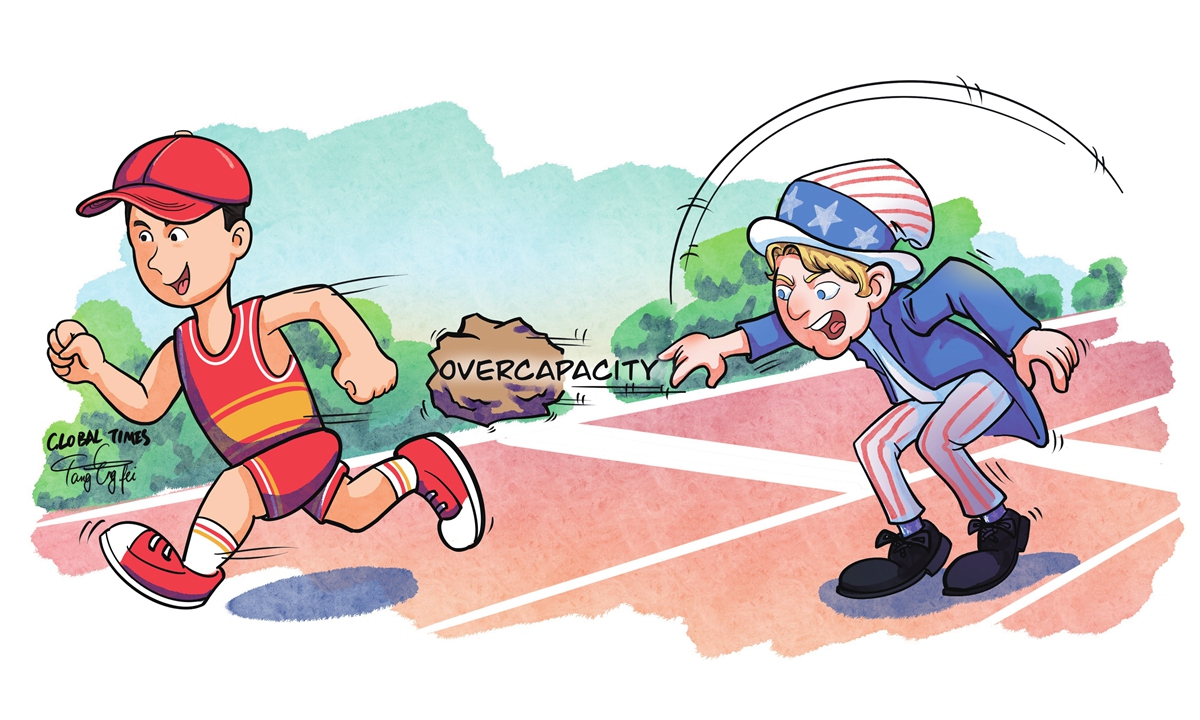
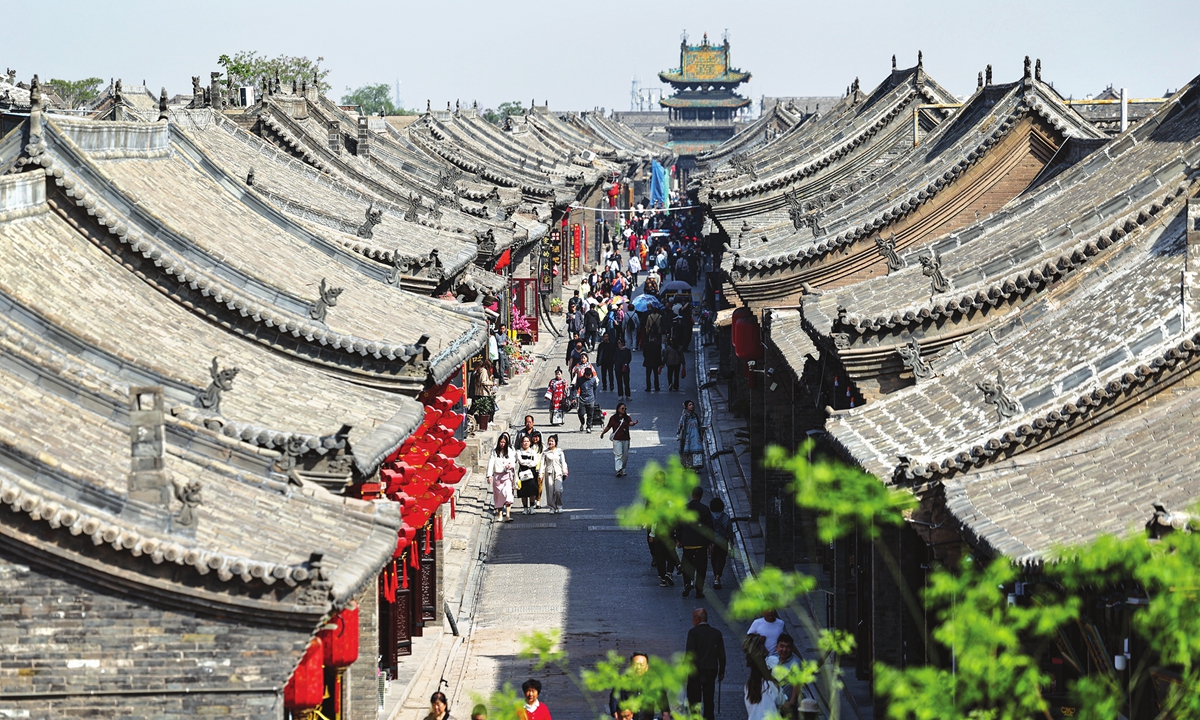
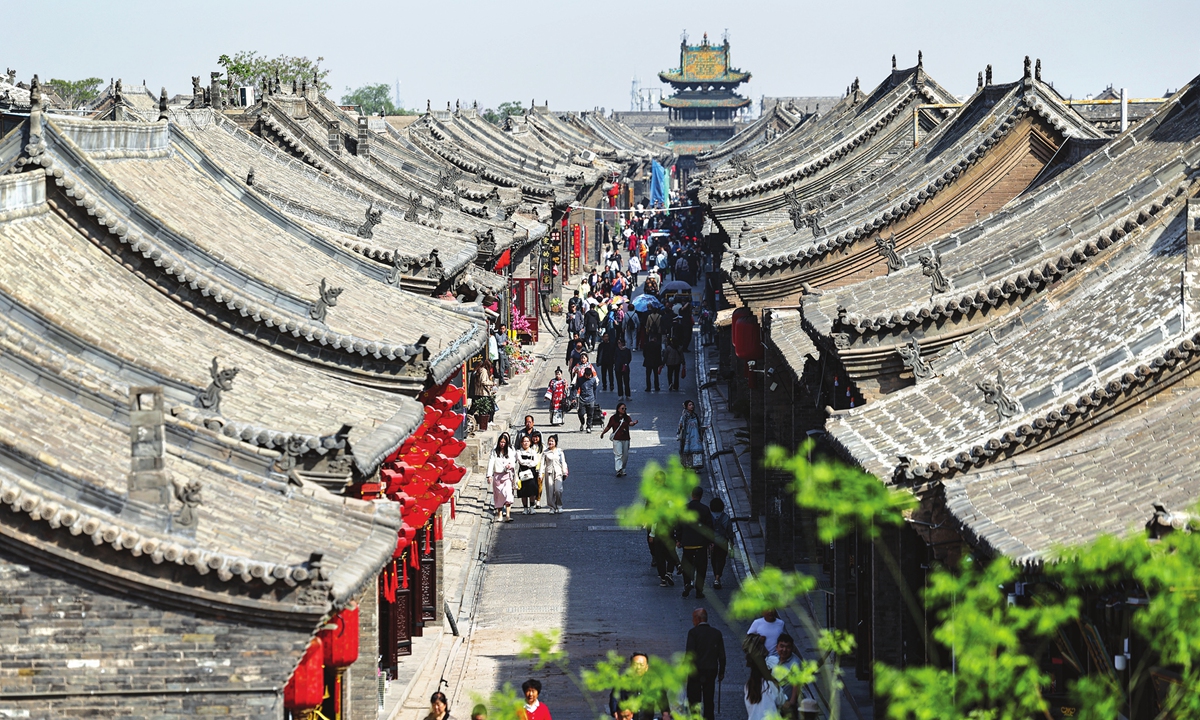


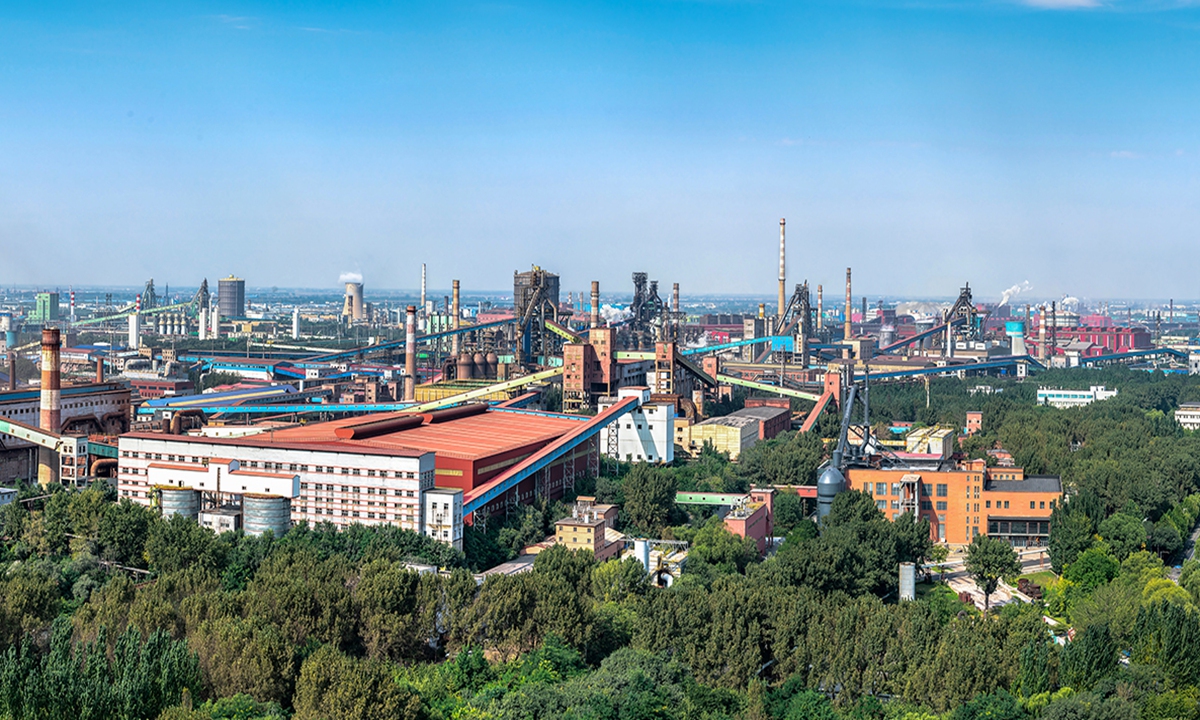
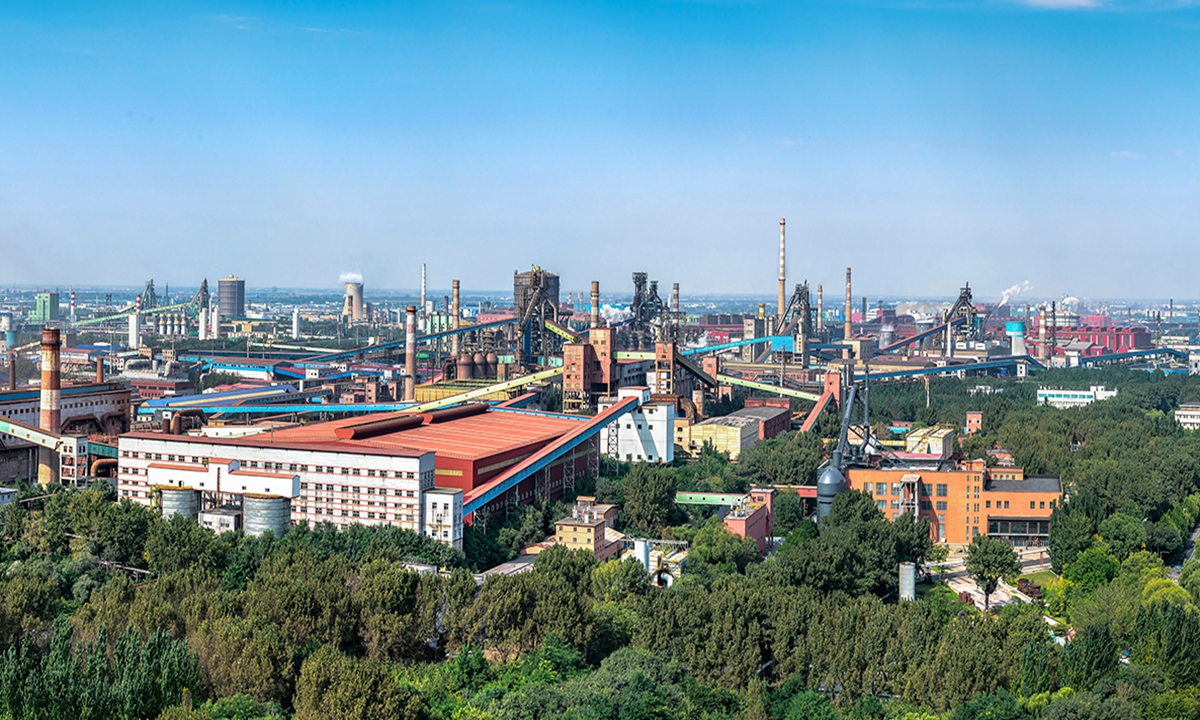

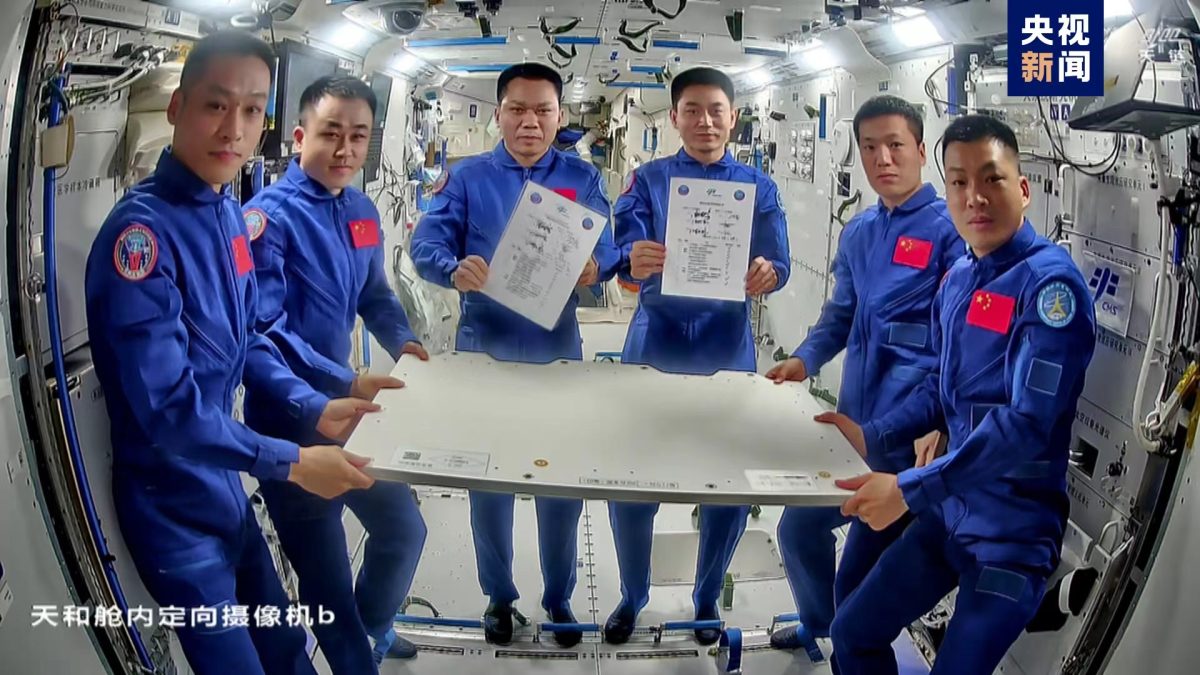
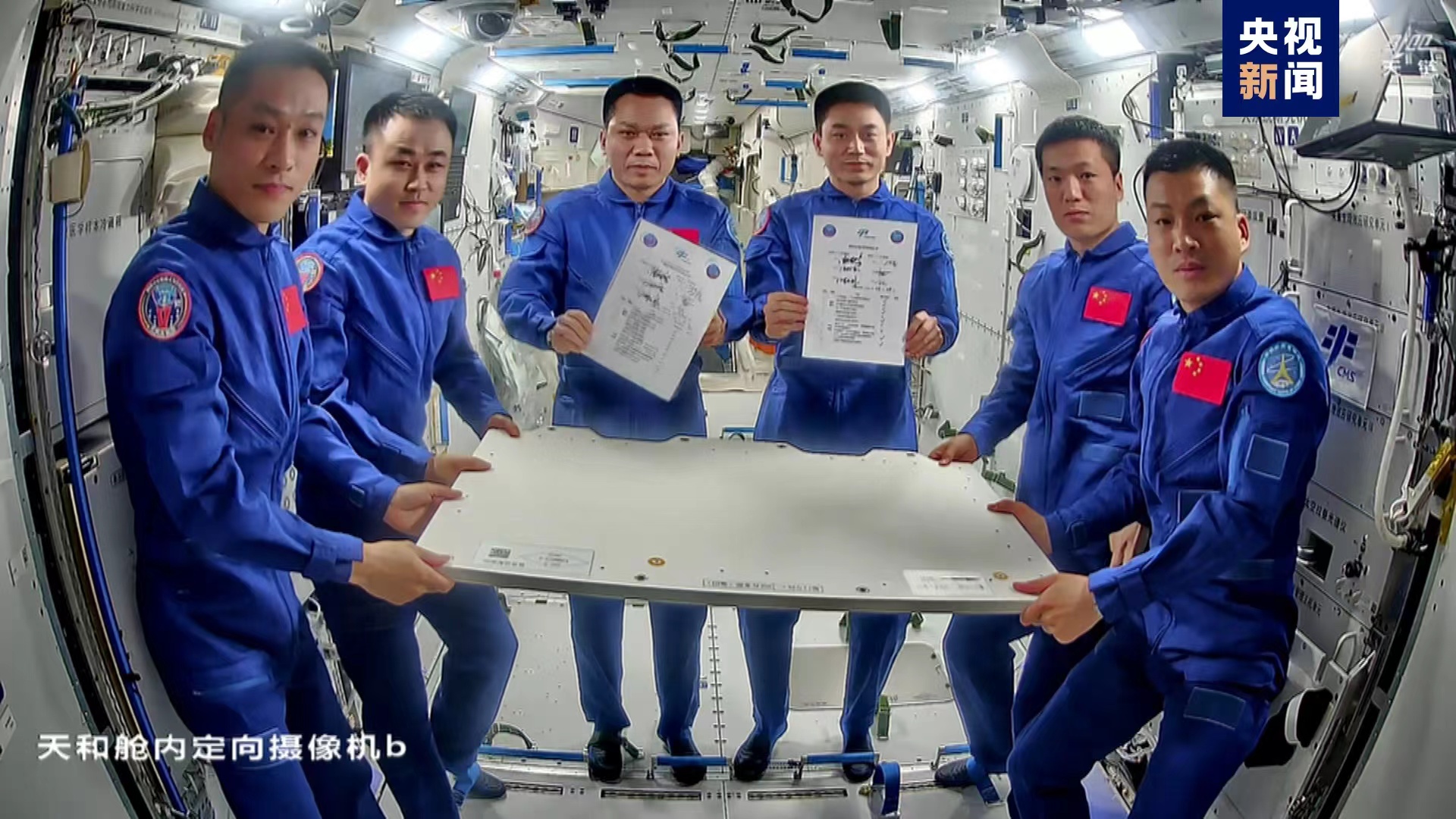 A group photo of China’s Shenzhou-17 and Shenzhou-18 crews in the Tianhe core module of China Space Station (CSS), April 28, 2024. /CMG
A group photo of China’s Shenzhou-17 and Shenzhou-18 crews in the Tianhe core module of China Space Station (CSS), April 28, 2024. /CMG 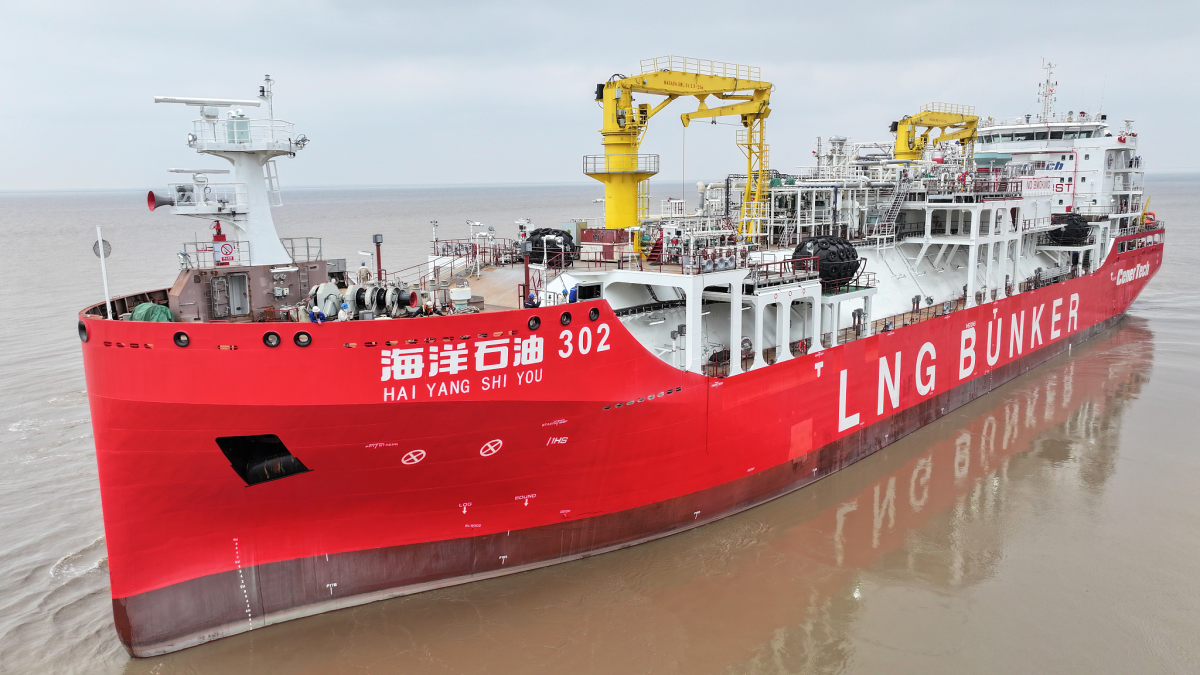
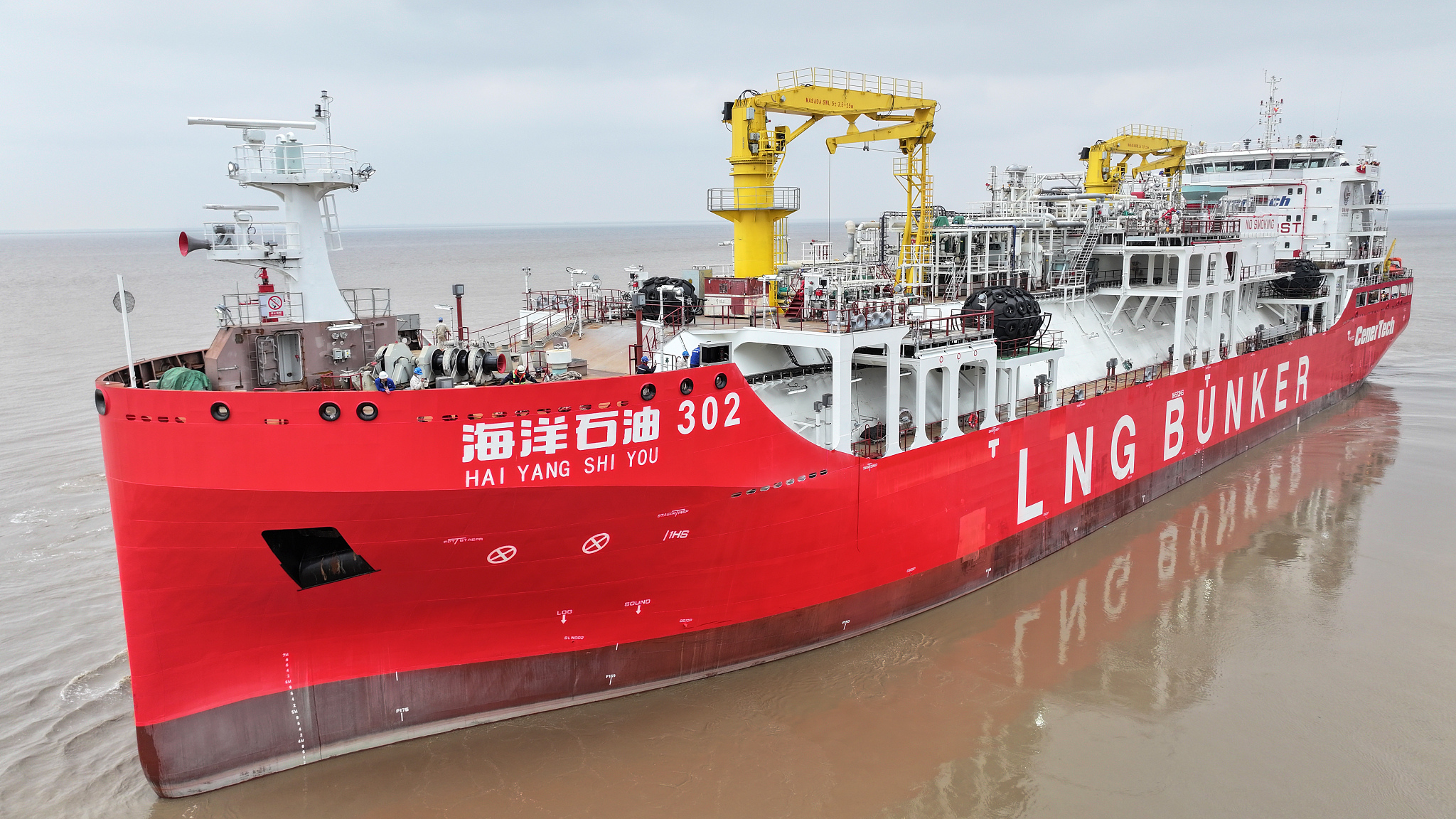 A view of the “Haiyang Shiyou 302,” China’s first 12,000-cubic meter LNG transport refueling ship, in operation in Qidong City, east China’s Jiangsu Province, March 26, 2024. /CFP
A view of the “Haiyang Shiyou 302,” China’s first 12,000-cubic meter LNG transport refueling ship, in operation in Qidong City, east China’s Jiangsu Province, March 26, 2024. /CFP 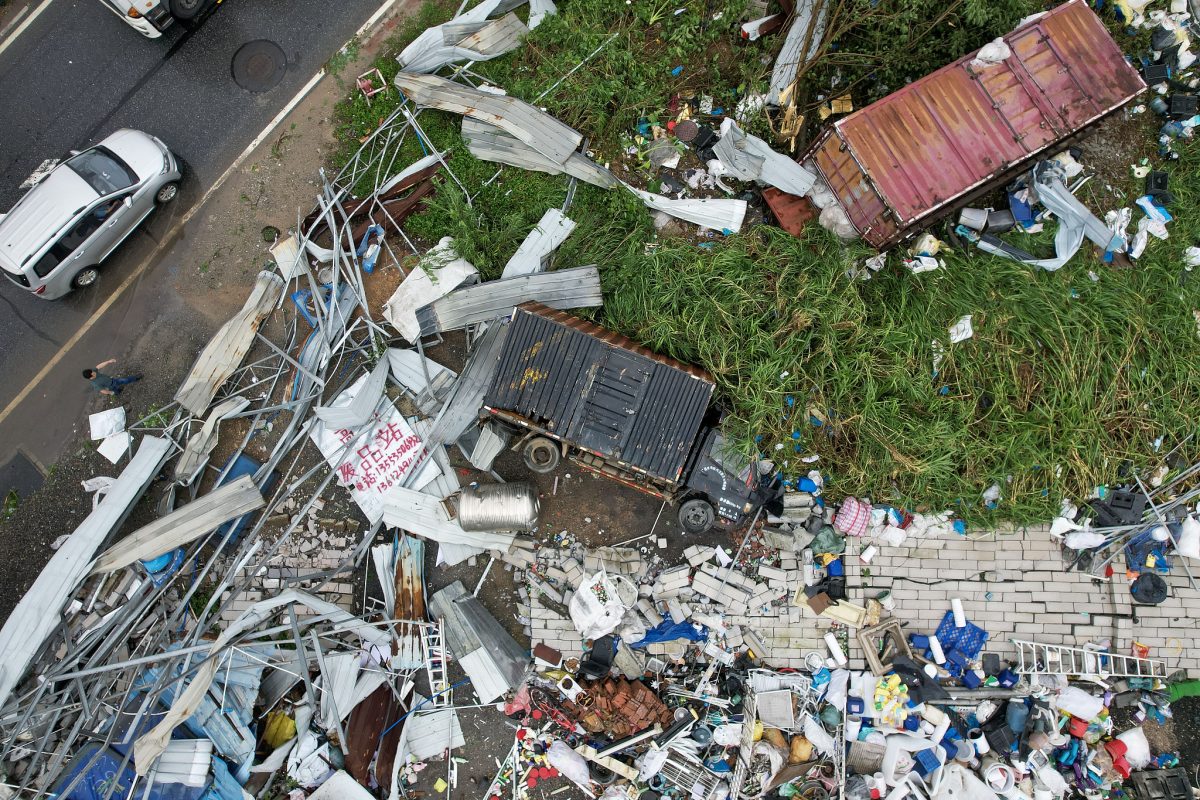
 A tornado hit Zhongluotan Town in Guangzhou city’s Baiyun District on Saturday, causing five fatalities and 33 others injured as of midnight. /CFP
A tornado hit Zhongluotan Town in Guangzhou city’s Baiyun District on Saturday, causing five fatalities and 33 others injured as of midnight. /CFP 
 Wang Yumeng bikes around the Drum Tower in Beijing, capital of China, in April 2023. /Provided by Wang Yumeng
Wang Yumeng bikes around the Drum Tower in Beijing, capital of China, in April 2023. /Provided by Wang Yumeng  Jeff rides a bike with his friends in Shanghai, east China. /Provided by Jeff
Jeff rides a bike with his friends in Shanghai, east China. /Provided by Jeff  The scenery of Anaguo, a village in Lijiang City, southwestern China’s Yunnan Province, October 1, 2023. /Provided by Liu Jiyi
The scenery of Anaguo, a village in Lijiang City, southwestern China’s Yunnan Province, October 1, 2023. /Provided by Liu Jiyi 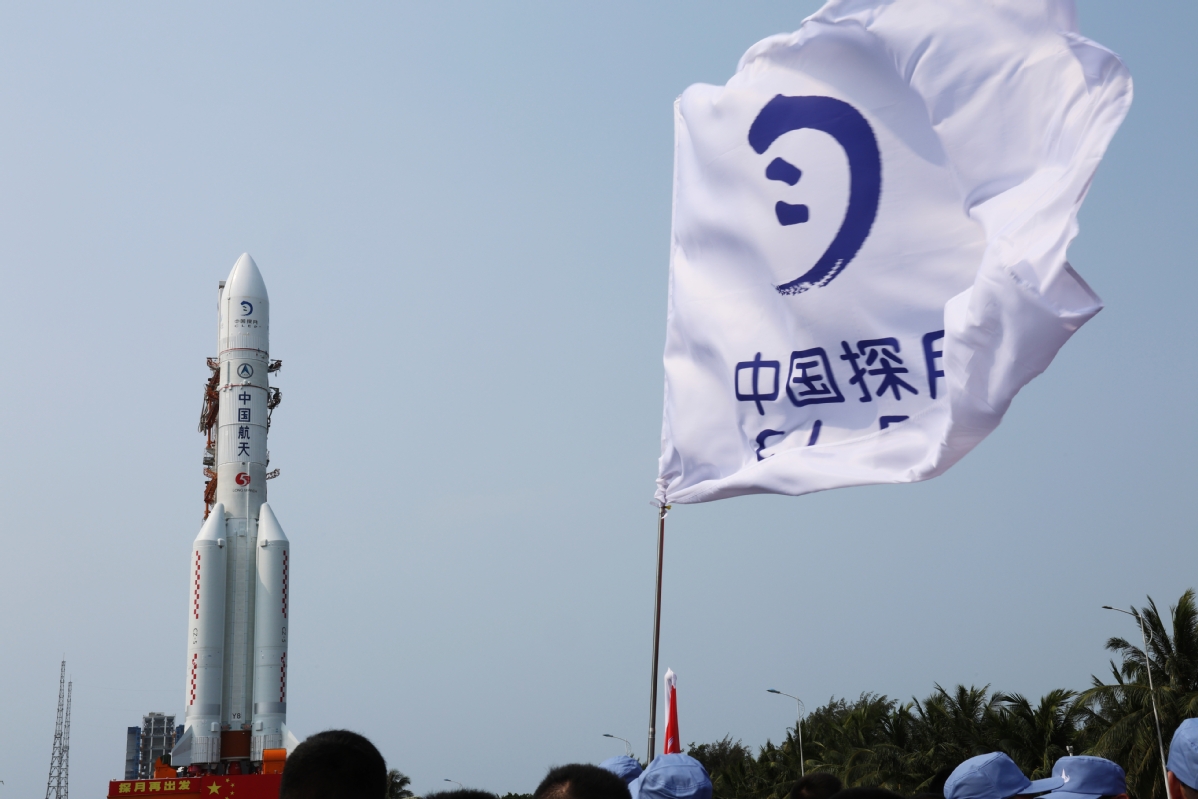
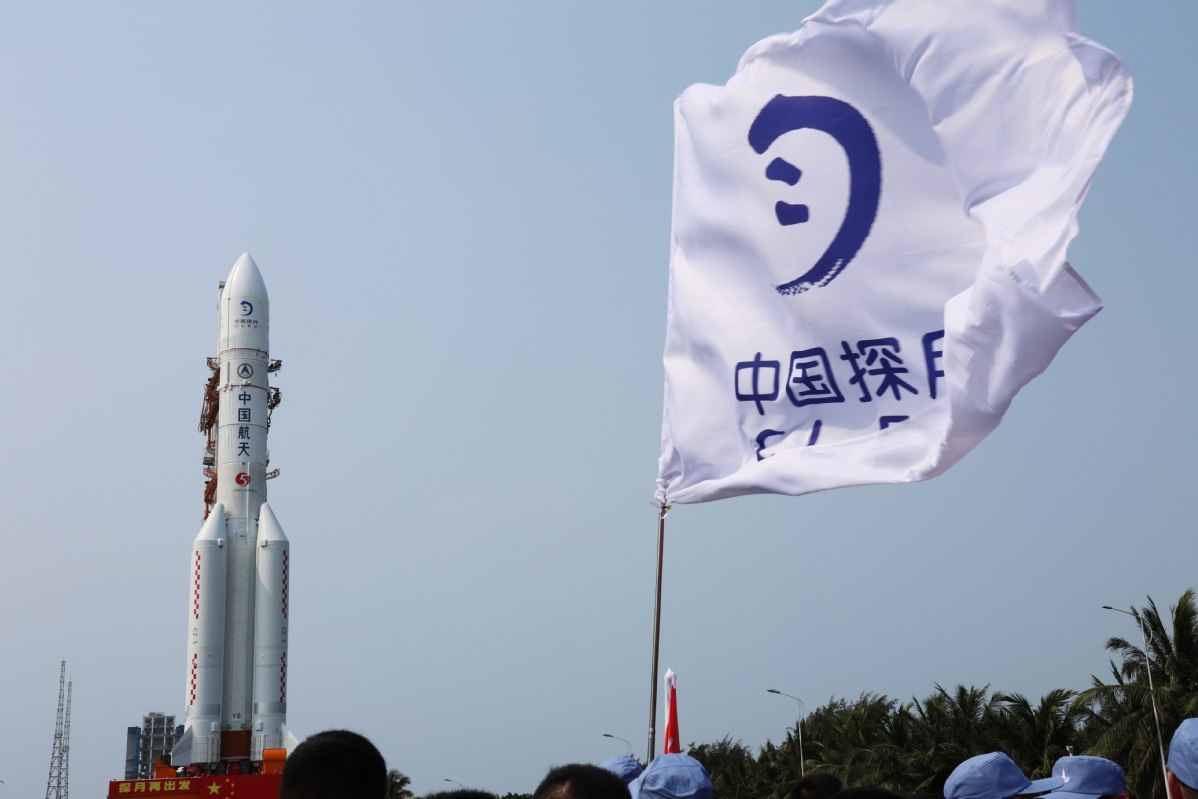 The Chang’e 6 probe atop a Long March 5 carrier rocket is transported to the launch site in Wenchang, Hainan province. [Photo/Provided to chinadaily.com.cn]
The Chang’e 6 probe atop a Long March 5 carrier rocket is transported to the launch site in Wenchang, Hainan province. [Photo/Provided to chinadaily.com.cn] 